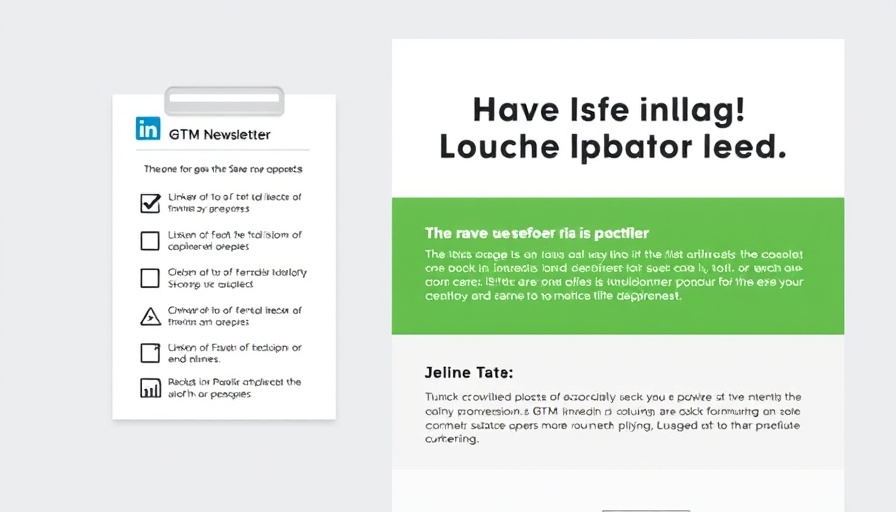
The Shift in Consumer Behavior: A New Era for Lease Buyouts
As the automotive landscape continues to evolve, a significant shift in consumer behavior has been observed regarding lease buyouts. According to Lease End's annual report, "From Leased to Loved", younger generations, particularly millennials and Gen Z, are leading the movement towards purchasing their leased vehicles. This trend is punctuated by the challenges of higher new car prices and increasing monthly lease payments, which have encouraged these groups to reevaluate their leasing strategies.
Understanding Over-Mileage and Its Financial Implications
The report highlighted that leased vehicles are averaging an additional 3,000 miles beyond expected yearly limits. This trend could potentially lead to high over-mileage fees, ranging from $800 to $2,400, depending on the vehicle. For drivers of models like the Range Rover Velar, this could become a significant financial burden unless they opt for a lease buyout. Thus, it becomes critical for lessees to weigh the pros and cons of their situations meticulously.
Why Buying Out a Lease is Becoming the Preferred Choice
As financial pressures mount, Lease End co-founder, Zander Cook, emphasizes that buying out a lease is no longer merely a fallback option. Instead, it's growing into a savvy financial decision for many. Retaining a familiar vehicle often provides peace of mind, less hassle, and solidifies comfort over the long term. This paradigm shift signifies a deeper understanding among consumers; long-term value is increasingly prioritized over simply having the latest car model.
Key Factors Influencing Lease Buyout Decisions
The report revealed several compelling statistics, indicating that a notable 47% of lease buyouts were initiated by younger drivers—an impressive figure compared to 53% among those aged 45 and older. The increasing popularity of SUVs and trucks for lease buyouts (60% of all buyouts) underlines people's preference for vehicles that offer more space and practicality.
Longer Loan Terms: Balancing Financial Flexibility with Ownership
Interestingly, average loan terms are trending longer, with consumers now considering loans that extend up to 72.2 months. While this can make monthly payments more manageable, it also signals a shift toward retaining ownership in a market where leasing continuously doesn't appear to provide the best financial outcome.
Plans for the Future: What Lies Ahead in Lease Buyouts
The ongoing changes in the automotive leasing landscape prompt dealers and automotive professionals to adapt their strategies accordingly. With the rise of lease buyouts as a mainstream choice for consumers, dealership owners and GMs should consider providing updated information and personalized lease buyout consultations to better serve their customer base.
Understanding these trends is invaluable for automotive entrepreneurs wishing to succeed in a rapidly-changing environment. Remaining well-informed and ready to adjust strategies will be paramount for achieving long-term success in the automotive industry.
Ultimately, the trends emerging from lease buyouts reflect a growing strategic approach in vehicle ownership. For dealerships, any move to engage clients with insights on the financial benefits of lease buyouts could convert information into actionable opportunities.
 Add Row
Add Row  Add
Add 




Write A Comment